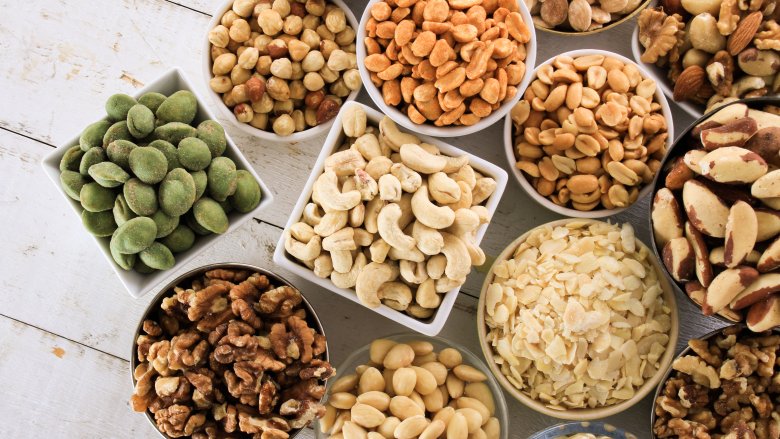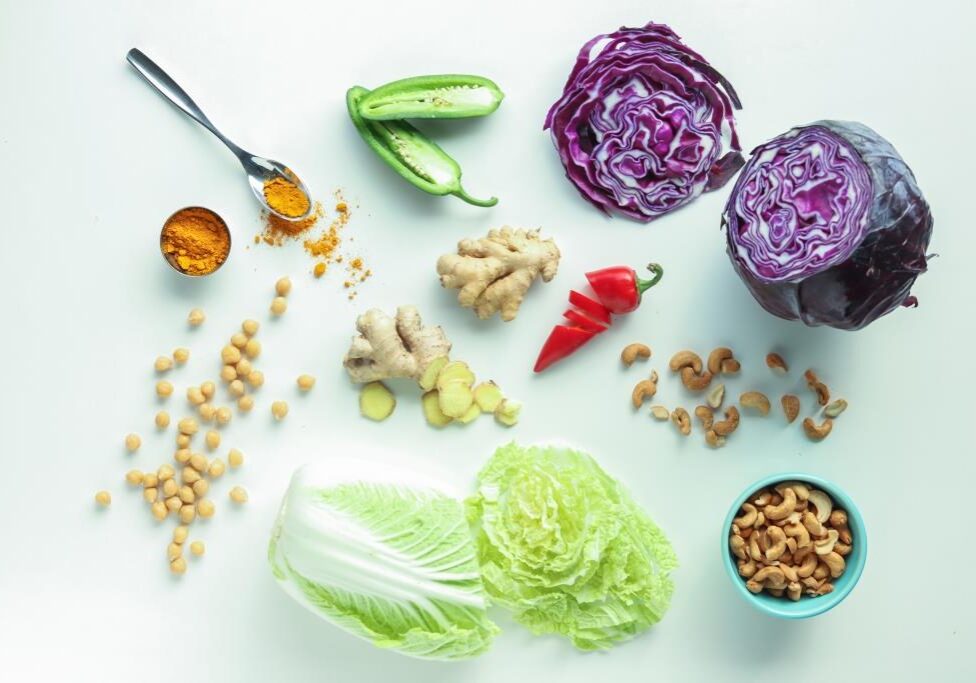We’ve heard that functional foods are a great way to get more for less, and we couldn’t be more excited. Who are we? We’re the world’s ultimate bargain hunters, list makers, and planners. Every second, every cent, and every ounce of energy counts, and we’re never happier than when we’re artfully wielding our limited resources in pursuit of a “deal,” especially if that deal involves introducing healthy, filling, and delicious foods into our families’ mealtime routines. If this sounds like you, listen carefully. We’ve found an ingenious way to get more for less. That’s right. We’ve found a way to achieve all three goals – healthy, filling, and delicious – just by asking and answering one simple question: What are functional foods?
Getting More Out of Your Daily Diet
What are functional foods? Sometimes referred to as superfoods, functional foods are plants and animal proteins that deliver “more” than their basic nutritional value. Masters of disguise, these seemingly ordinary fruits, veggies, herbs, spices, and proteins are actually the over-achievers of the dietary world. In addition to their usual complement of vitamins and essential minerals, each boasts a secret ingredient (phytonutrients, antioxidants, prebiotics and probiotics, omega-3 fatty acids, anti-inflammatory compounds, or fiber) that is linked to a particular life-changing superpower. To be clear, we’re not just talking about the power to gift us with glossier hair, stronger nails, or a welcome mid-day energy boost – although those are certainly nice-to-haves. We’re talking about the power to make us smarter, slow the aging process, protect our hearts, and ward off the big “C.” In other words, we’re talking about a huge return on a relatively painless, but absolutely delicious, dietary upgrade.
Where Did the Phrase “Functional Foods” Come From?
According to Japan’s Ministry of Health, Labor, and Welfare, the phrase “Functional Foods” was publicized in 1991 as part of a program to improve the health of Japan’s aging population. Japanese consumers were encouraged to choose from a list of government-approved foods that had been proven to boost mineral absorption and positively affect blood sugar, blood pressure, and cholesterol levels, as well as gastrointestinal, bone, and dental health.
Today, the global market for functional foods and beverages is reported by Grand View Research to top USD 300 billion annually and includes whole, unprocessed foods, along with genetically modified foods and enriched foods. The latter categories, referred to as nutraceuticals, include foods that have been successfully bred to harbor new traits or foods that have been fortified with extra vitamins and/or minerals. For example, the U.S. Department of Agriculture has embarked on research involving nutritionally enhanced plant varieties, including tomatoes and corn with elevated levels of carotenoids and vitamin A (for treatment of eye disorders, diabetes, and cancer), or high folate (vitamin B9) potatoes (for muscle strength, energy maintenance, and improved concentration), and even broccoli with anti-cancer fighting properties. Supermarket shelves are also stocked with countless fortified food options: juices supplemented with vitamin D and calcium, cereals loaded extra iron, zinc, and essential vitamins, and grab-and-go snacks and shakes packed with protein.

What are Functional Foods Every Cook Should Know About and Why?
If you’re interested in committing to a more nutritious diet, but are not yet ready to jump on the nutraceutical bandwagon, why not start with the bounty of farm-to-table whole foods available in your supermarket’s produce section or, better yet, at your local farmer’s market.
- Bright orange, red, and yellow veggies and dark leafy greens are home to phytonutrients, nature’s very own cellular bodyguards.
- Plump summer berries are packed with antioxidants that ward off infection and disease-inducing environmental stressors.
- Fatty fish, nuts, and seeds are sources of omega-3 fatty acids that support heart health, brain function, and joint strength.
- Cultured foods, such as yogurt and fermented veggies are a breeding ground for prebiotics and probiotics, both prerequisites for a happy gut.
- Whole grains high in fiber help keep your digestive system firing on all cylinders day in and day out.
- Pungent and earthy or warm and homey, spices, such as turmeric and ginger, are impressive anti-inflammatories, which are known to reduce pain, quiet allergies, boost immune systems, and even settle upset stomachs.
Still Unsure? Try This Convenient (and Crazy Good) Shortcut
For a quick and easy way to sample many of the functional foods above without the hassle of time-consuming shopping trips and hours of labor-intensive chopping, we recommend our fermented kimchis, krauts, srirachas and salsas. Wholesome and flavorful, these probiotic-rich sides and toppers are an irresistible blend of nature’s top miracle foods: carrots, beets, tomatoes, radishes, onions, red and green cabbage, peppers of all hues, soybeans, apples, pears, sesame seeds – and oh, let us catch our breath before we start in on the herbs and spices. Skillfully curated combos of cilantro, ginger, turmeric, cumin, dill, garlic, and chili pepper are guaranteed to deliver a symphony of flavors with every bite. Uber-tasty and undeniably “functional,” wildbrine fermented veggies are literally the definition of goodness in a jar.
Eating is something you do every day, in fact, multiple times a day. So, why not make the most of your mealtime breaks – both in terms of flavor and nutrition. The next time you wonder what’s for dinner, remember the question we started with: “What are functional foods?” And then, eat those foods. Bon appétit!
